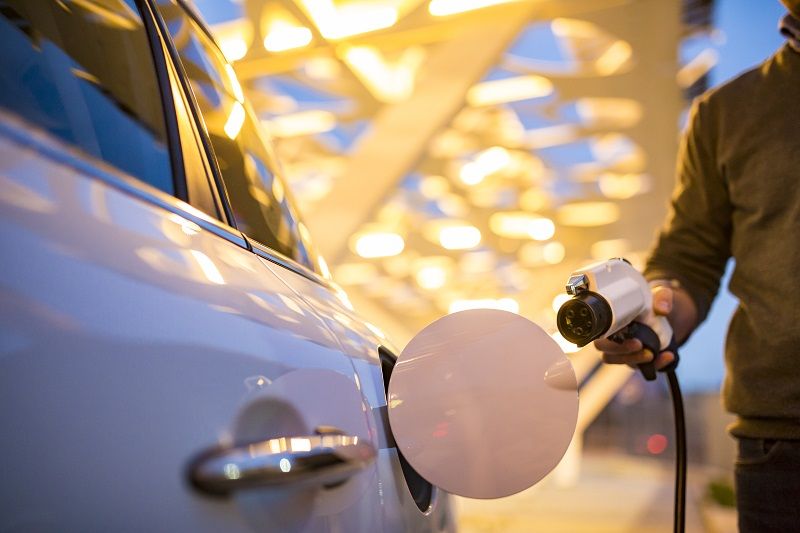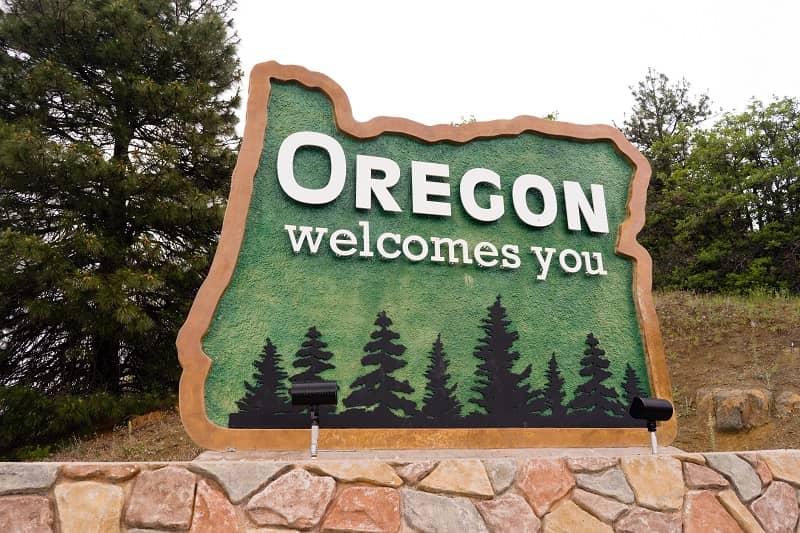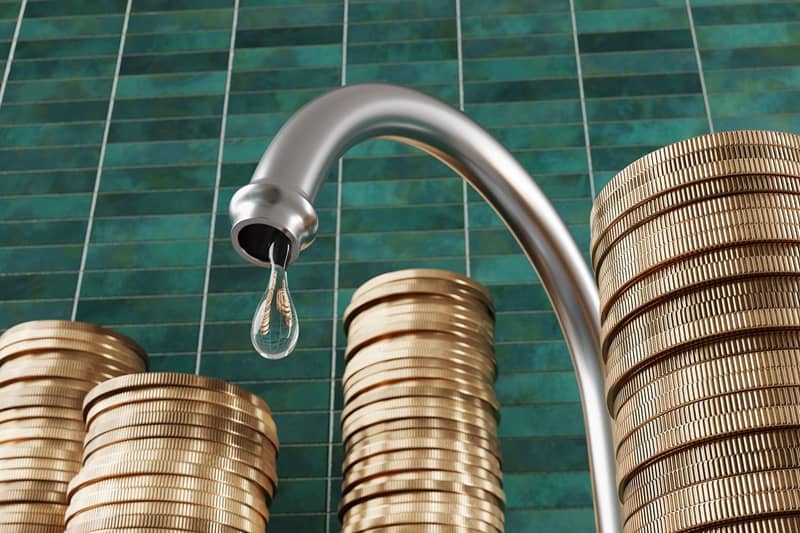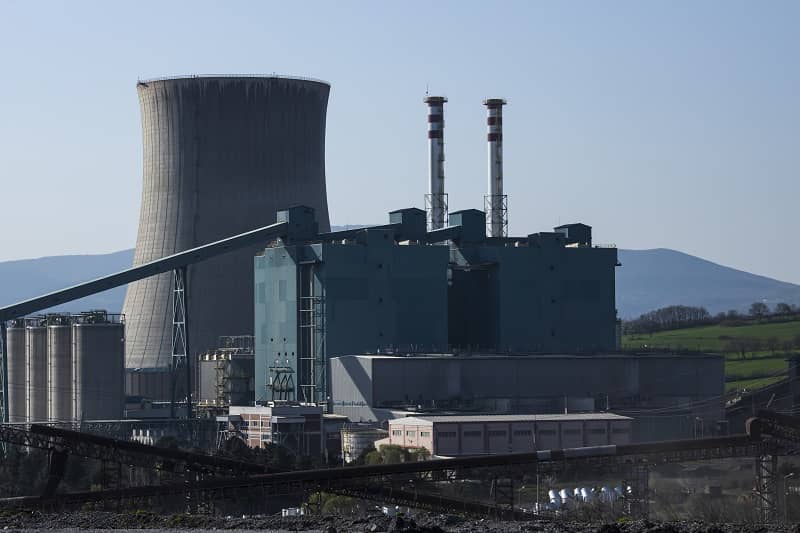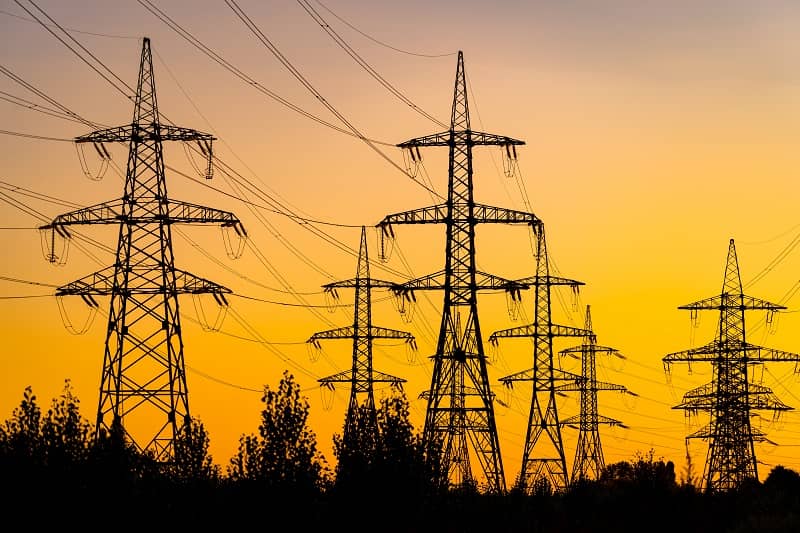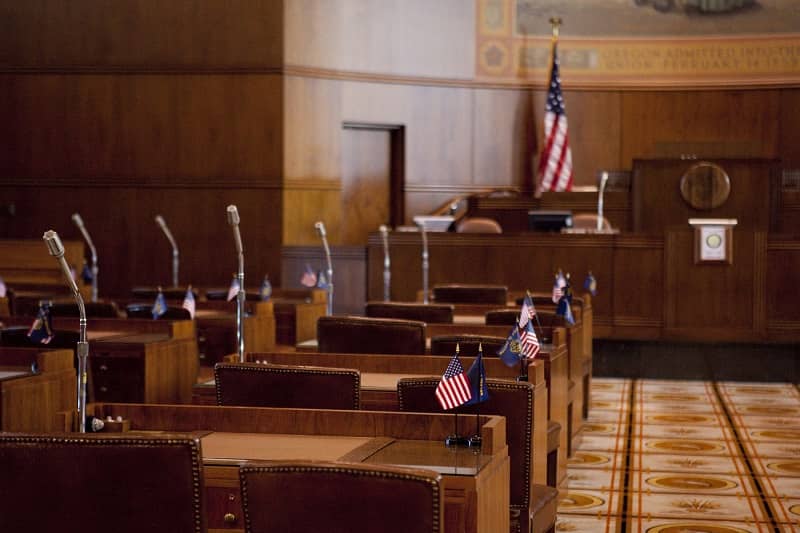Summary
Economists know that energy consumption is directly related to energy prices. As energy prices rise, consumption declines. Energy efficiency upgrades will not help Oregon reach its greenhouse gas reduction goals because increases in energy efficiency lower energy prices, resulting in more consumption for the same price.
Word count: 627
It is well known that Oregon has developed ambitious goals for reducing greenhouse gases. House Bill 3543 codifies Governor Ted Kulongoski’s greenhouse gas reduction goals: to halt the growth of greenhouse gas emissions by 2010, to reduce emissions to a level 10% below the 1990 levels by 2020, and by 2050 to achieve greenhouse gas levels 75% below 1990 levels.
One of the main actions taken to reduce emissions is to reduce energy consumption through energy efficiency projects. Publicly funded state agencies and non-profits are promoting a variety of strategies, including replacing incandescent bulbs with compact fluorescent lights (CFLs), facilitating efficiency upgrades on businesses and industries, and providing incentives for upgrades like new windows, weather stripping and energy saving appliances. The Energy Efficiency Working Group of the Governor’s Global Warming Commission plans on raising a pot of $60 billion dollars to spend on efficiency upgrades on existing homes and businesses in the next few years. The Energy Trust of Oregon is spending $62.7 million of ratepayer money this year for energy efficiency.
Will these efficiency upgrades really help Oregon reach these greenhouse gas reduction goals by reducing energy consumption? Probably not.
Economists know that energy consumption is directly related to energy prices. As energy prices rise, consumption declines. Energy efficiency upgrades will not help Oregon reach its greenhouse gas reduction goals because increases in energy efficiency lower energy prices. As a result, ratepayers can use more energy but at the same cost as before. When efficiency is improved, there is room for new energy demand over the long run. This is known as the rebound effect.
Ratepayers with lower electricity bills due to efficiency upgrades also will enjoy a higher relative income, which likely will be spent on energy intensive goods, further fueling energy demand. This is why efficiency has increased significantly in recent decades while consumption is higher than ever. In order to curb energy consumption, one would have to lower efficiency or make energy more expensive by some other means, such as a tax.
Between 1960 and 2005, Oregon’s population nearly doubled from 1,772,000 to 3,543,442. From 2005, Oregon’s population is projected to increase another 28% to 4,536,418 by 2025. In tandem with increases in population come increases in energy consumption. Aggregate energy consumption in Oregon has increased 133% from 1960 to 2005.
This happened despite major gains in energy efficiency over the past 40 years. From 1963 to 2005, the energy intensity of the Oregon economy (the amount of energy consumed per unit of GDP) declined by 91%, a fantastic achievement. Yet, total energy consumption more than doubled. The more population, and the more efficient our society, the more energy we desire.
This is not to say that energy efficiency is a bad thing to pursue. Efficiency in general should be looked at in a positive light. It is always better to have a more productive device that uses fewer inputs. However, agencies and politicians need to realize that efficiency is not the silver bullet to reduce greenhouse gases. Creating a giant slush fund for energy efficiency subsidies is a misallocation of capital.
Is there a way to reduce Oregon’s aggregate energy consumption? There is no clear answer. The best strategy may be politically unpopular: allowing market mechanisms to continue increasing energy efficiency and making the state more productive, while accepting that our energy use is going to increase as well. Oregonians can conserve to the best of our ability and put efforts into developing innovative energy supply options that reduce environmental externalities, although there most likely will never be a power generation source that does not include some degree of negative consequences. The answer is not to reduce consumption but rather to use energy efficiency and consumption to literally “fuel” new technology solutions.
Attention editors and producers:
Cascade Commentaries are provided for reprint in newspapers and other publications, with credit given to author(s) and Cascade. Contact Cascade to arrange print or broadcast interviews on this commentary topic.
Electronic text files are available online at www.cascadepolicy.org.
Please contact:
Nancy Wheaton
Cascade Policy Institute
4850 SW Scholls Ferry Rd.
Suite 103
Portland, Oregon 97225
Phone: (503) 242-0900
Fax: (503) 242-3822
www.cascadepolicy.org
info@cascadepolicy.org
Cascade Policy Institute is a tax-exempt educational organization as defined under IRS code 501(c)(3). Nothing appearing in this Cascade Commentary is to be construed as necessarily representing the views of Cascade or its donors, or as an attempt to aid or hinder the passage of any bill before any legislative body. The views expressed herein are the author’s own.
